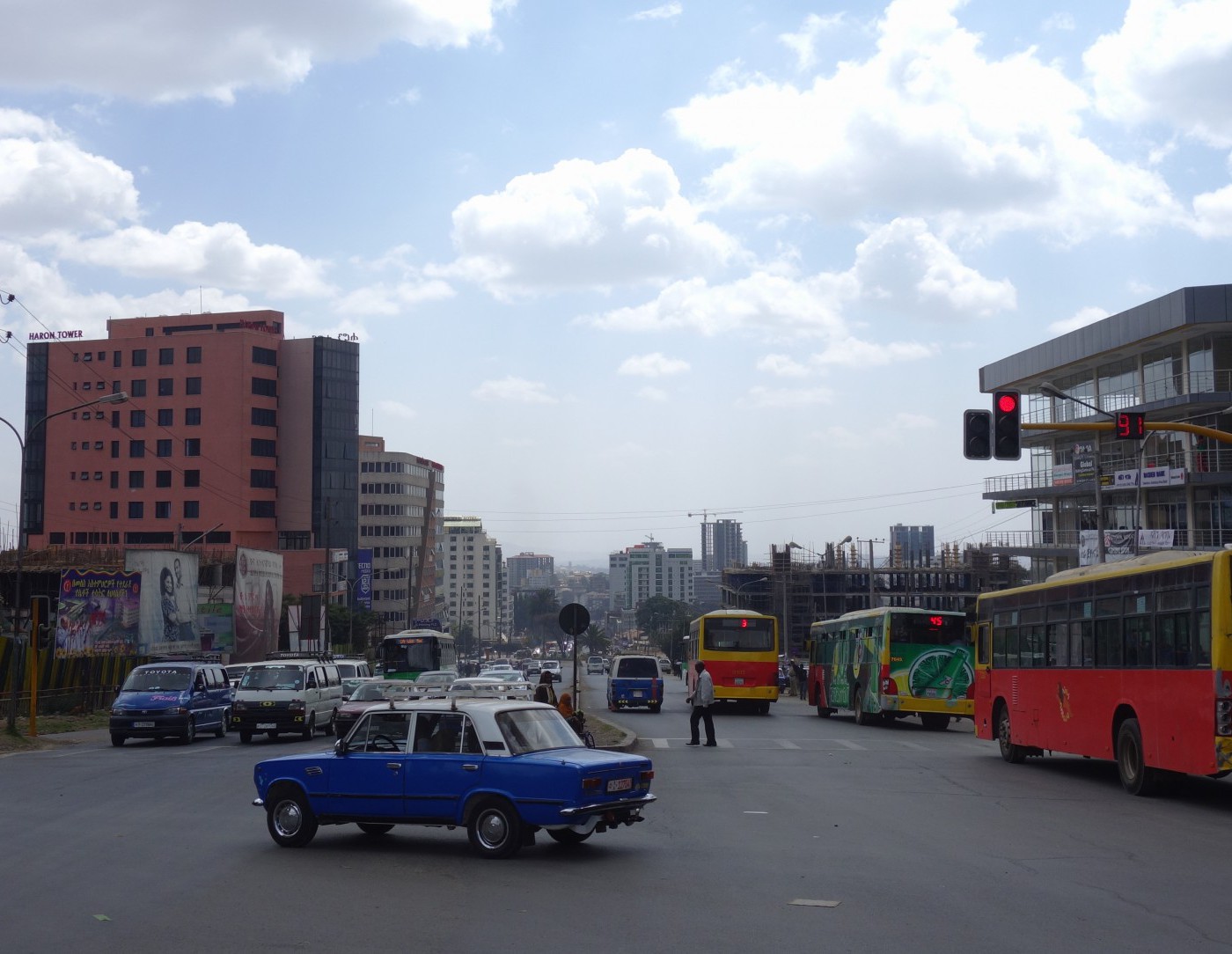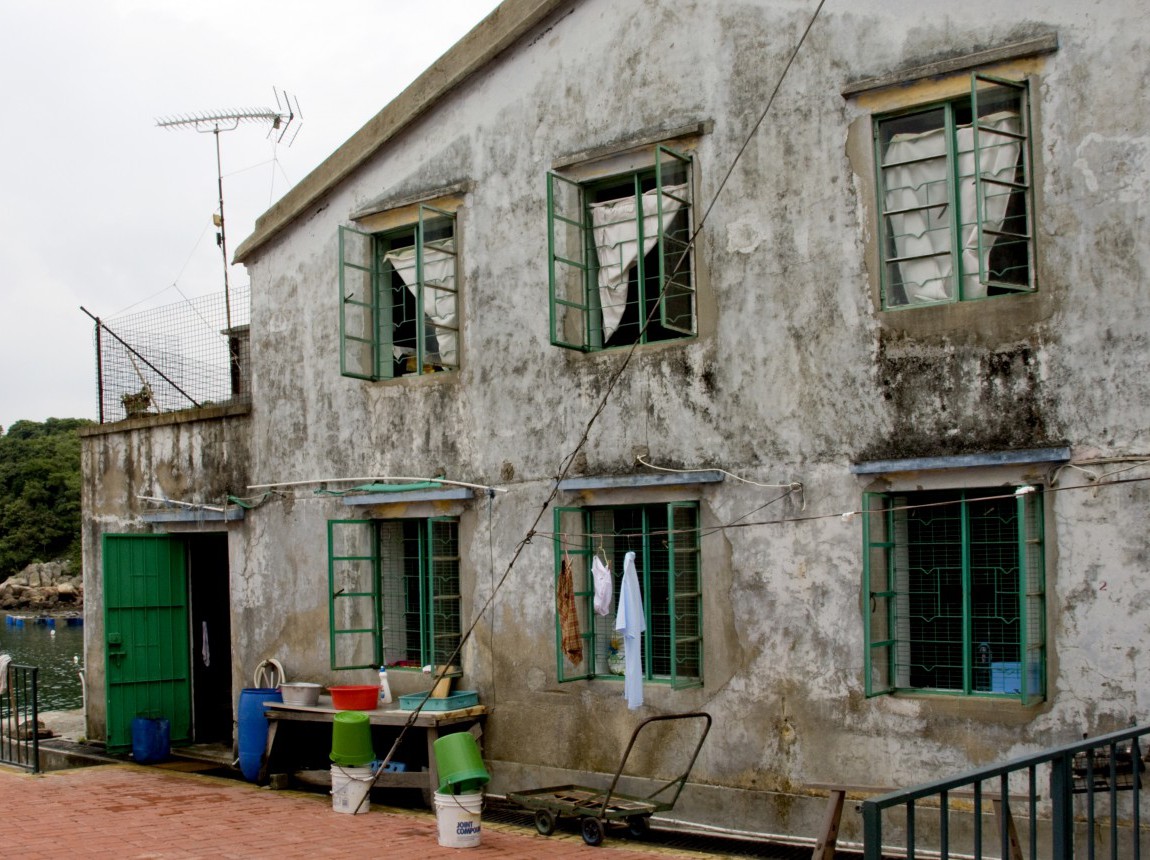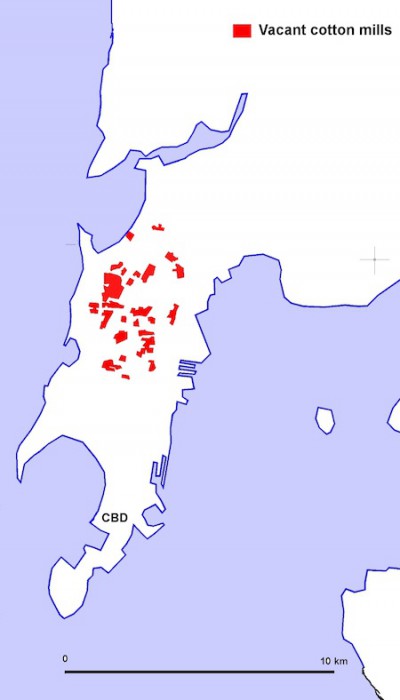Related

Working Paper
/ Oct 19,2015
A New Plan for African Cities:
The Ethiopia Urban Expansion Initiative
by
Patrick Lamson-Hall, David DeGroot, Richard Martin, Tsigereda Tafesse, Shlomo (Solly) Angel

Feb 26,2014
Markets vs. Design
Regulating Sunlight in Pre-Reform China
by
Alain Bertaud

